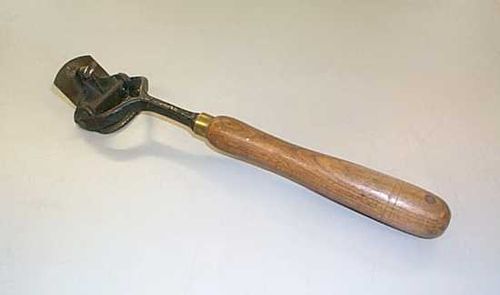I've just made my first purchase from a timber yard (Yandles). It's a 3 meter length of kiln dried oak. I've been advised to leave it indoors for at least three weeks, longer if possible, before using it.
My question is. Is it better to leave it as it came, i.e. in one long plank, or would it be better to trim off both painted ends and perhaps cut it to very rough oversize dimensions, assuming that this may speed up the drying process?
Any advice would be appreciated, thanks.
My question is. Is it better to leave it as it came, i.e. in one long plank, or would it be better to trim off both painted ends and perhaps cut it to very rough oversize dimensions, assuming that this may speed up the drying process?
Any advice would be appreciated, thanks.


































